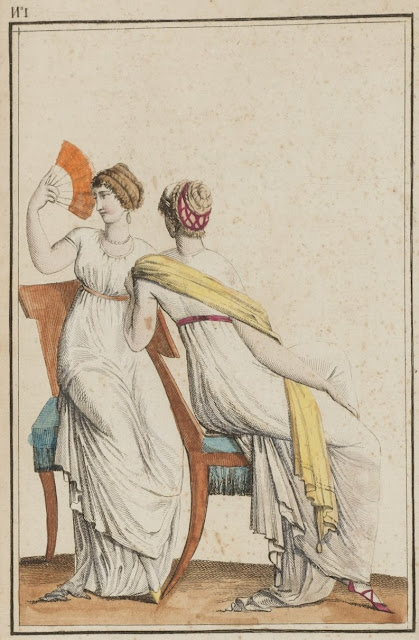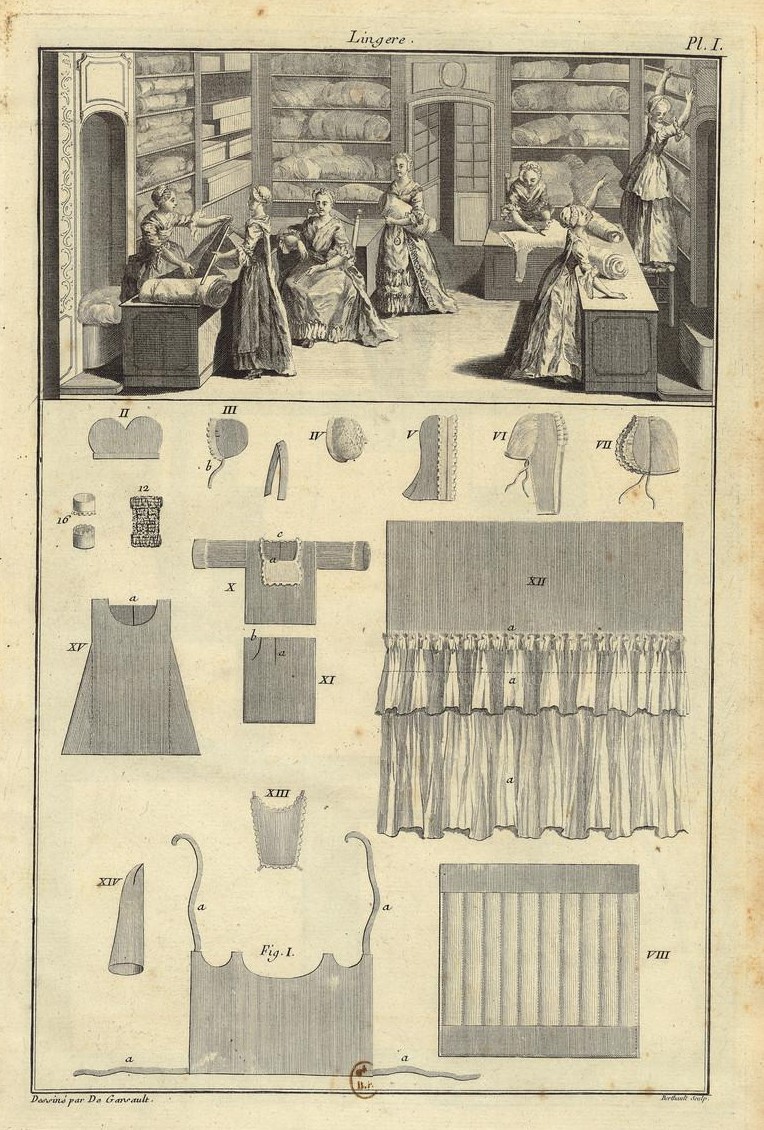Announcing 2020's hottest new event

Putting it in writing to make sure it happens - next summer, I'm going to be hosting an 1830s picnic in central New York! Hyde Hall - this was in April when it was still very cold, so it will be more lush, I promise! Hyde Hall is a gorgeous mansion on Otsego Lake in Springfield Center. It was built between 1817 and 1834, which makes it a perfect place to have a pre-Victorian event. It also has a great big grassy lawn, and I've already mentioned this to the staff there and they think it would be pretty cool! Why am I posting about this so early? Well, mainly because I planned to do it this year and it never happened (though in fairness, I spent half of July out of town, so ... that made it hard to plan or prepare), and I want to make sure that I do pick a date and that it gets held. This is also not a period that most people sew for, so it might take us all some time to create our ensembles. With that in mind, I'm going to be writing a series of posts on 1830s dres...






